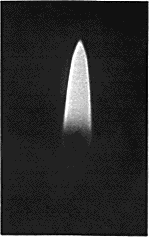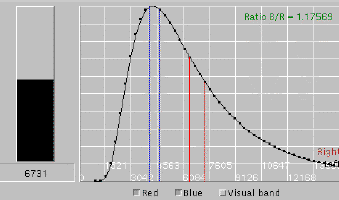NASA pages discussing the USML Experiment.
http://zeta.lerc.nasa.gov/expr/candle2.htm
The burning of a candle relies on thermal convection to carry away waste gas and draw in fresh oxygen. Convection is possible due to the differing densities of gases at different temperatures in a gravitational field. Hence, the study of candle flams in microgravity (near-zero gravity) is an area of rich and unusual phenomena.

